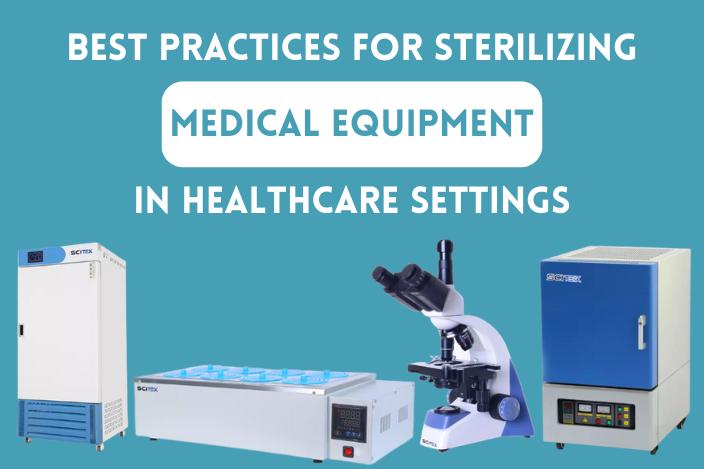.png)
Published on 05-09-2025
Patient Monitors Explained: Features, Functions & Buying Guide
Patient monitors are essential tools in modern healthcare. They give real-time updates on vital signs and help doctors and nurses respond quickly when a patient’s condition changes. Choosing the right monitor depends on hospital needs, patient care levels, and budget.
What is a Patient Monitor?
A patient monitor is a medical device that tracks vital signs such as:
-
Heart rate
-
Blood pressure
-
Oxygen saturation (SpO₂)
-
Respiratory rate
-
Temperature
Advanced monitors may also track ECG, invasive blood pressure, and CO₂.
You can explore our Medical Equipment Collection to see ICU beds, patient monitors, and more.
Core Functions of Patient Monitors
Every patient monitor should provide:
-
Vital sign tracking – Displays live data.
-
Alarm alerts – Warns staff when readings go outside safe ranges.
-
Data storage – Keeps patient records for review.
-
Connectivity – Links with central monitoring stations or hospital systems.
Advanced Features in Modern Monitors
Today’s monitors go beyond basics. Key features include:
-
Multi-parameter monitoring
-
Touchscreen controls
-
Portable design for patient transfer
-
Battery backup for emergencies
-
Modular add-ons (CO₂, cardiac output, invasive blood pressure)
-
Network and EMR integration
For a full breakdown of ICU devices, read our ICU Bed Buying Guide for Hospitals.
Types of Patient Monitors
-
Vital signs monitors – Portable, used in wards and clinics.
-
Bedside monitors – Multi-parameter, best for ICUs and operating rooms.
-
Transport monitors – Battery-powered, designed for patient movement.
-
Central monitoring systems – Link multiple monitors to one nursing station.
Buying Guide: How to Choose the Right Patient Monitor
When selecting a monitor, consider:
-
Patient needs – ICU and surgical units need advanced models.
-
Ease of use – Staff should be able to operate quickly.
-
Connectivity – Choose models that link with hospital records.
-
Durability – Strong build quality is vital in busy ICUs.
-
Budget – Balance cost with care requirements.
Hospitals can connect with our team via the Contact Us Page for guidance.
Why Selection Matters
The right monitor improves patient safety, lowers staff workload, and reduces risks linked to late responses. A poor choice can mean higher long-term costs and missed alerts.
Related Guides
FAQs
1. What is the difference between basic and bedside monitors?
Basic monitors track simple vitals like SpO₂ and BP. Bedside monitors track advanced parameters and are used in ICUs.
2. Do hospitals need transport monitors?
Yes, for safe monitoring during patient transfer between units.
3. Are portable patient monitors accurate?
Modern portable monitors are reliable but may have fewer features than ICU bedside models.
4. How long does the battery in a transport monitor last?
Most offer 2–4 hours of battery backup, enough for transfers and emergencies.
5. How can hospitals buy patient monitors?
They can view available products on the Caprimedicals Products Page or reach us through the Contact Page.

.png)
.png)
.png)
.png)

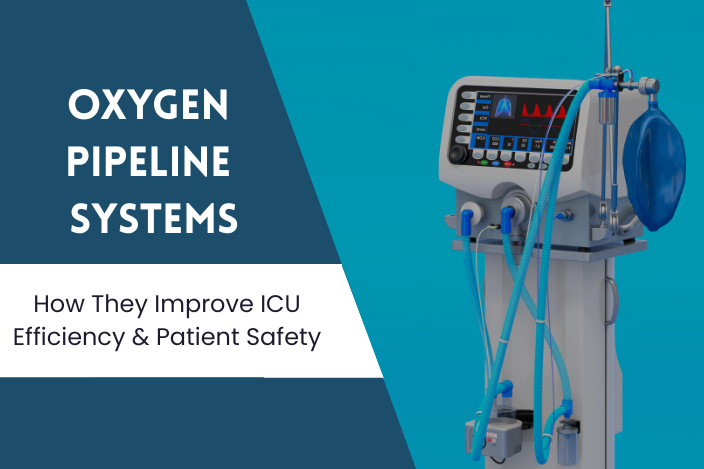
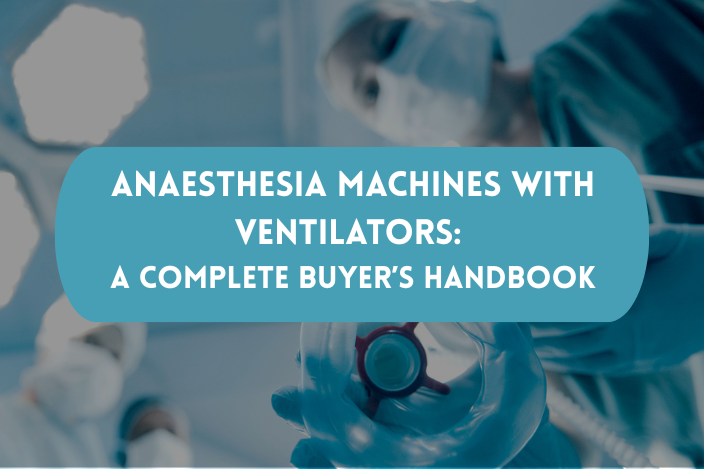
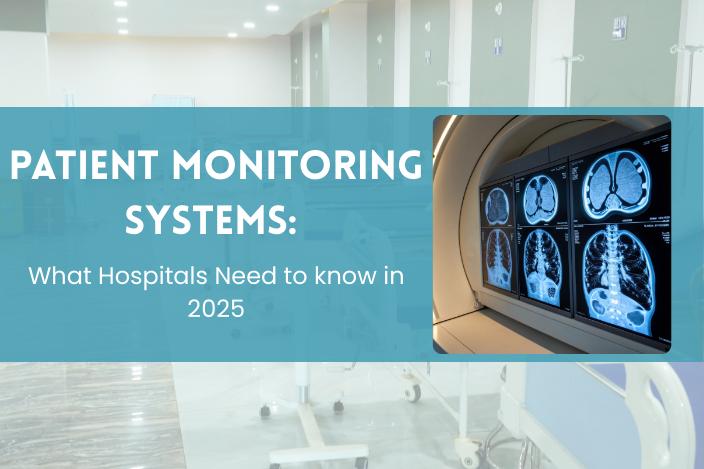


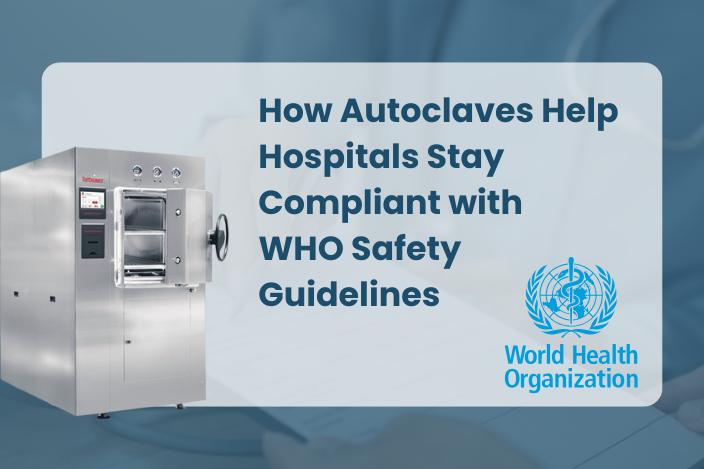
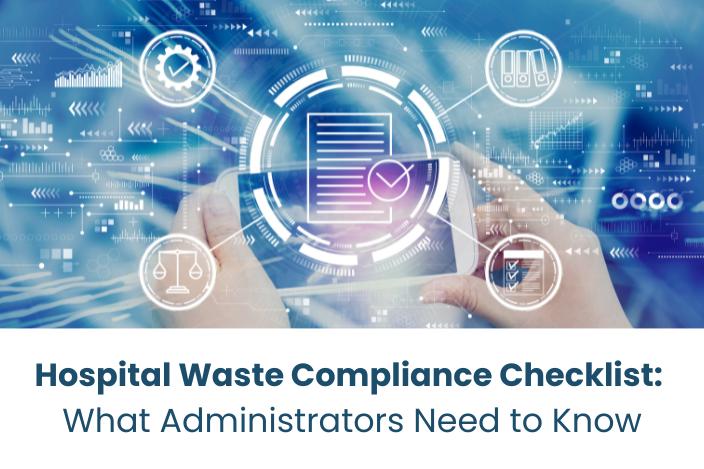





.png)
